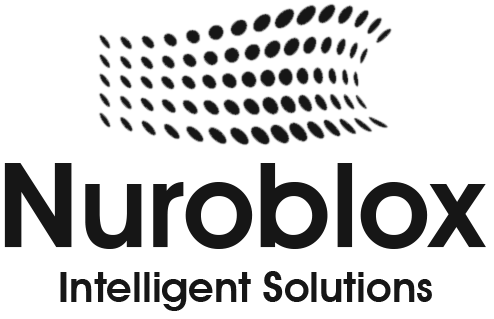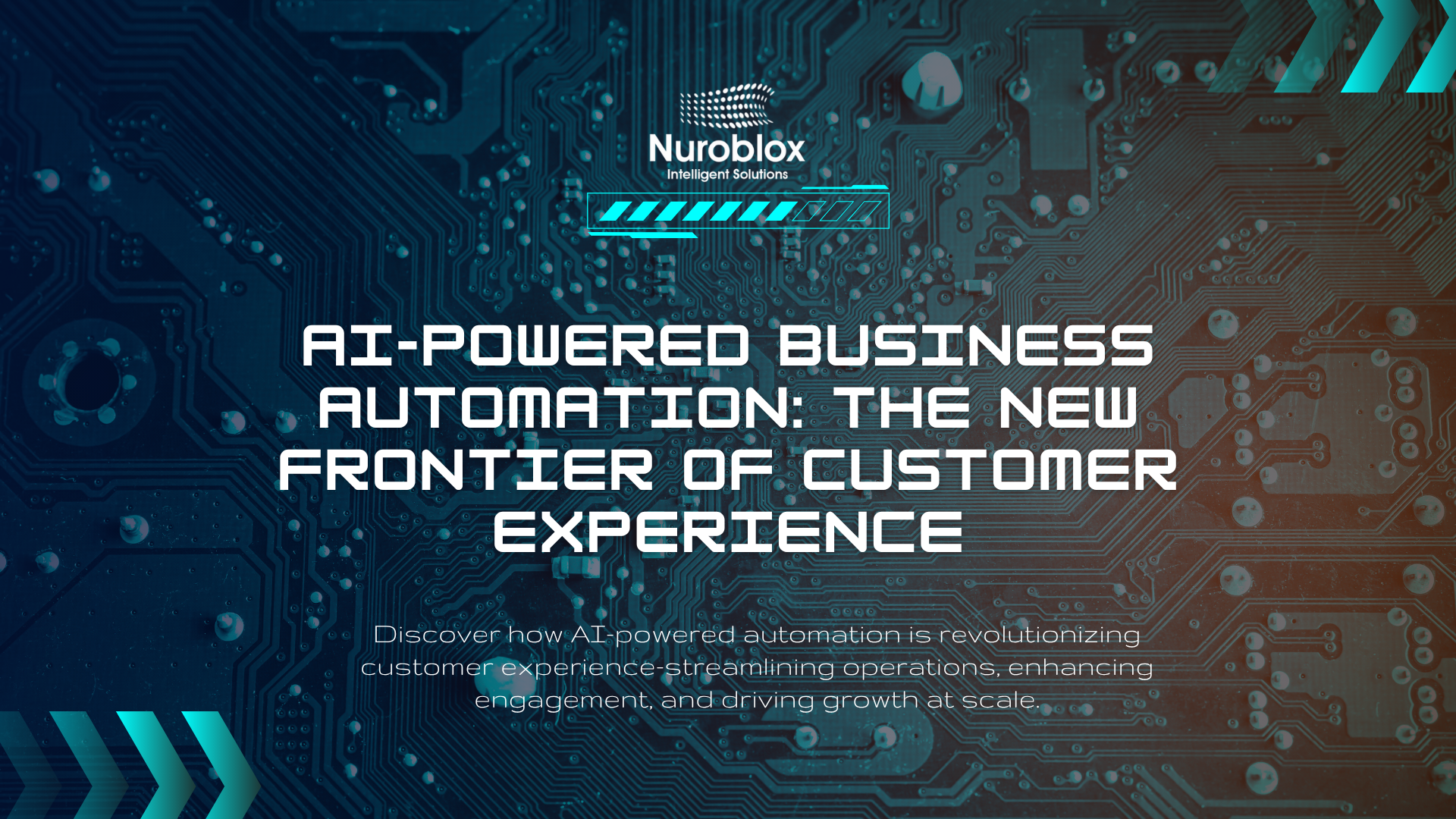AI-Powered Business Automation: The New Frontier of Customer Experience
In today’s hyper-competitive digital marketplace, customer experience (CX) has become the primary battleground for brand loyalty and revenue growth. Yet, as customer expectations for instant, personalized, and seamless interactions skyrocket, traditional, human-centric support models are buckling under the strain. Scaling service operations linearly by hiring more staff is not only financially unsustainable but also fails to address the core demand for 24/7, data-driven personalization. This critical inflection point presents a stark choice – evolve or become obsolete.
The solution lies not in incremental improvements but in a paradigm shift driven by AI-powered business automation. By integrating intelligent systems into the fabric of the customer journey, organizations can move beyond reactive problem-solving to deliver proactive, predictive, and deeply personalized experiences at a scale previously unimaginable. This article delves into the strategic imperatives behind AI automation, explores its core applications in enhancing CX, and provides a technical blueprint for implementation. We will examine how this technology is the definitive answer to the modern CX challenge, transforming it from a cost center into a powerful engine for value creation and competitive differentiation.
The Tectonic Shift in Customer Expectations – Why Automation is No longer Optional
The modern customer operates in a world of immediacy. They expect their needs to be met on their terms anytime, on any channel, and with a deep understanding of their individual context. Legacy support structures, often siloed and constrained by manual processes and business hours, are fundamentally ill-equipped to meet this demand. The result is a frustrating cycle of long wait times, repetitive questioning, and generic solutions that erode customer trust and loyalty.
This is where the strategic necessity of automation becomes clear. AI-powered systems can operate around the clock, handle immense volumes of inquiries simultaneously, and access a unified repository of customer data to provide consistent and context-aware responses. This isn’t merely about cutting costs; it’s about building a resilient, scalable, and intelligent CX framework that can adapt to fluctuating demands and rising expectations without compromising quality. According to Google’s own guidelines, delivering a high-quality user experience is paramount for digital success, and in the context of business, this directly translates to customer satisfaction and trust. Adopting AI automation is the most effective strategy to build this high-quality experience into your operations.
Core Pillars of AI-Driven Customer Experience Enhancement
AI-powered business automation enhances the customer experience not through a single feature, but by revolutionizing several fundamental aspects of the customer journey. These pillars work in concert to create a more responsive, intelligent, and satisfying ecosystem.
Pillar 1 – Hyper-Personalization at Scale
True personalization goes far beyond using a customer’s first name in an email. AI and machine learning (ML) algorithms are capable of analyzing millions of data points in real-time including purchase history, browsing behavior, past support interactions, and demographic information to build a dynamic, 360-degree view of each customer.
This deep understanding allows for AI-driven personalization in several ways –
- Predictive Recommendations – AI models can anticipate what a customer might need next, proactively suggesting relevant products, services, or content, thereby increasing cross-sell and upsell opportunities.
- Customized Communications – Marketing and service messages can be dynamically tailored to reflect a user’s specific interests and position in the customer journey, making every interaction feel relevant and valuable.
- Tailored User Interfaces – Websites and applications can adapt their layout, offers, and navigation based on individual user behavior, creating a frictionless and intuitive experience.
Pillar 2 – Intelligent, 24/7 Customer Support
The days of simplistic, keyword-based chatbots that lead to dead ends are over. Modern AI in customer service is powered by sophisticated Natural Language Processing (NLP) and Natural Language Understanding (NLU) models. These conversational AI agents can –
- Understand Intent and Context – They can grasp the meaning behind a user’s query, even if it’s phrased colloquially or contains typos, and maintain context across a longer conversation.
- Provide Instant Resolutions – For a vast majority of routine inquiries such as order status checks, password resets, or information requests AI agents can provide immediate, accurate answers without human intervention.
- Seamless Human Handoff – When a query is too complex or requires an empathetic touch, the AI can intelligently route the conversation to the most appropriate human agent, providing them with a complete transcript and customer context. This eliminates the need for the customer to repeat themselves and empowers the agent to resolve the issue efficiently.
Pillar 3 – Proactive and Predictive Customer Engagement
One of the most powerful applications of AI is its ability to shift customer service from a reactive to a proactive model. By analyzing behavioral data, AI systems can identify patterns that signal a potential problem before it escalates. For example, an AI could detect that a customer has repeatedly visited a help page for a specific issue but hasn’t found a solution. Instead of waiting for a complaint, the system can automatically trigger a proactive intervention, such as an offer for live chat support or an outbound call from an agent. This demonstrates a level of care that builds immense customer loyalty and can significantly reduce churn.

Implementing AI-powered automation requires a methodical, strategic approach that aligns technology with business objectives. A successful deployment focuses on augmenting human capabilities and optimizing end-to-end processes.
Step 1 – Identifying High-Impact Automation Opportunities
The first step is to conduct a thorough audit of your existing customer journey. Identify the bottlenecks, repetitive tasks, and friction points that consume the most time and generate the most frustration. High-value candidates for automation often include –
- Frequently Asked Questions (FAQs) – Instantly answerable by a conversational AI.
- Order and Account Management – Status lookups, return processing, and profile updates.
- Lead Qualification – AI can engage with inbound leads to ask initial qualifying questions before routing them to sales.
- Appointment Scheduling – Automated systems can manage calendars and book appointments without human oversight.
Step 2 – Integrating AI with Existing Enterprise Systems
AI is only as intelligent as the data it can access. For automation to be effective, it must be deeply integrated with your core business systems, including your Customer Relationship Management (CRM), Enterprise Resource Planning (ERP), and e-commerce platforms. This is typically achieved through Application Programming Interfaces (APIs) that allow disparate systems to communicate and share data in real-time. A unified data ecosystem ensures that the AI has the full context of a customer’s history and can execute tasks (like processing a refund or updating a shipping address) directly within the relevant system.
Step 3 – The Human-in-the-Loop Model
A common misconception is that automation aims to replace human agents. The most effective strategy, however, is a human-in-the-loop model where AI handles the high-volume, low-complexity tasks, freeing up human agents to focus on high-value, complex, and empathetic interactions. This elevates the role of the support team from simple problem-solvers to true customer relationship builders. This approach has clear workflow automation benefits, as it not only improves efficiency but also increases employee job satisfaction by allowing them to focus on more engaging and challenging work.
Quantifying the Impact – The Tangible ROI of AI-Powered BPA
While the conceptual benefits are clear, the business impact of AI automation must be measured through concrete Key Performance Indicators (KPIs). Organizations should track a blend of efficiency, quality, and business outcome metrics, including –
- Customer Satisfaction (CSAT) and Net Promoter Score (NPS) – These are direct measures of how customers feel about their interactions. Well-implemented AI should drive these scores up.
- First Contact Resolution (FCR) – The percentage of inquiries resolved in a single interaction. AI excels at this for routine issues, dramatically improving FCR rates.
- Average Handling Time (AHT) – AI can reduce the time spent on each interaction, both for fully automated conversations and for human agents who are equipped with AI-powered tools and context.
- Containment Rate – The percentage of inquiries fully resolved by the AI without needing to escalate to a human agent.
- Customer Lifetime Value (CLV) – By improving satisfaction and reducing churn, a superior, AI-powered CX directly contributes to a higher CLV.
The Future of Customer Experience is Autonomous
The trajectory of AI in business automation is pointing towards a future where customer interactions become increasingly autonomous, intelligent, and seamlessly integrated into the customer’s life. The future of customer experience will be shaped by generative AI, which can create dynamic, empathetic, and highly contextual conversations that are nearly indistinguishable from a human. We are moving toward a “zero-touch” service model for all but the most exceptional cases, where AI doesn’t just solve problems but actively anticipates needs and enriches the customer journey at every touchpoint.
This is not a distant vision; the foundational technologies are already here. The organizations that embrace this transformation and begin architecting their AI-powered future today will be the undisputed leaders of tomorrow. The journey begins with a strategic decision to place intelligent automation at the very heart of the customer experience.
Is your organization prepared to move beyond incremental improvements and fundamentally redesign its customer experience with AI-powered automation?


